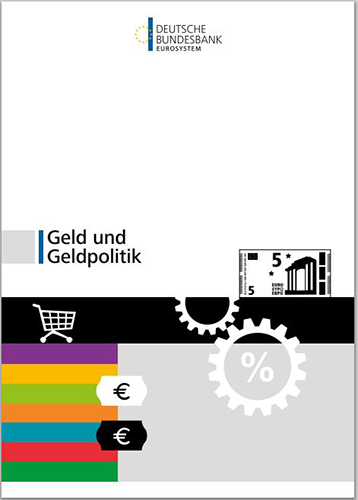Money and monetary policy
A modern economy cannot function without money. But what actually is money, how is it created, and how is it put into circulation? Why is stable money so important and what role does the central bank play in this regard?
Answers to these questions and many more can be found in this school book. It provides detailed information on cash, book money and banks, the euro and the Eurosystem, the monetary and financial system, and monetary policy of the euro area.
This school book is suitable for classroom use at the upper secondary level, as basic information at the lower secondary level, and as a reference work for anyone else keen on learning more. For each chapter lesson templates are available.
The school book is provided by the Bundesbank free of charge. It can be ordered as a single copy or as a class set via our order portal.
Status: Spring 2019
1. Functions and forms of money
2. Cash
3. Banks and book money
4. The euro and the Eurosystem
5. The value of a stable currency
6. Eurosystem monetary policy
7. International monetary and financial system
- 7. International monetary and financial system
- 7.1 Currency and exchange rate
- 7.2 The balance of payments as a reflection of international interlinkages
- 7.3 The financial system
- 7.4 Stability of the financial system
- 7.5 International institutions and bodies for monetary and financial stability
- Key points







